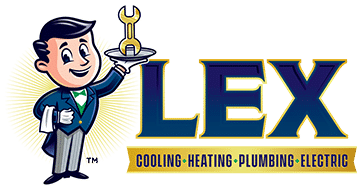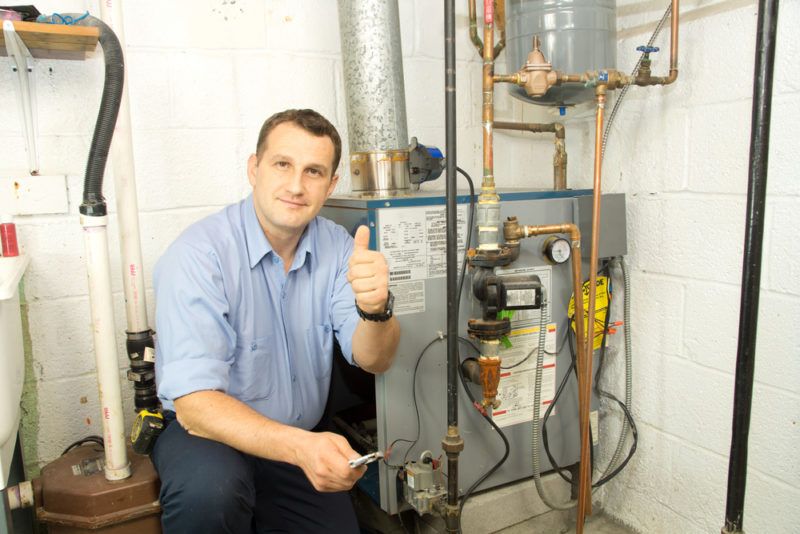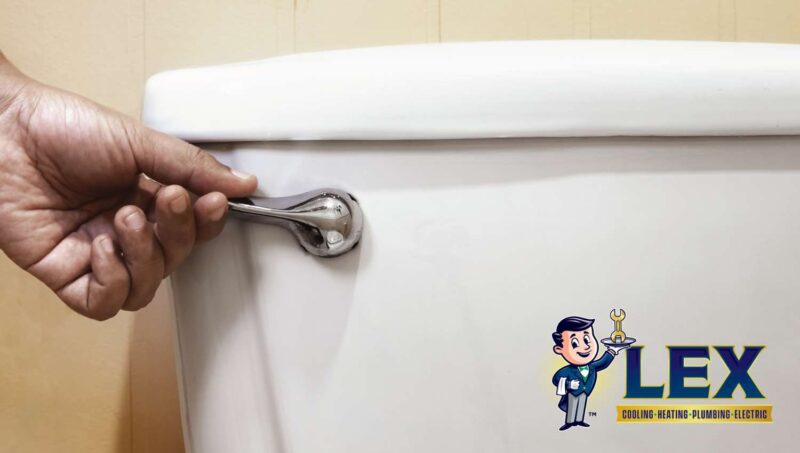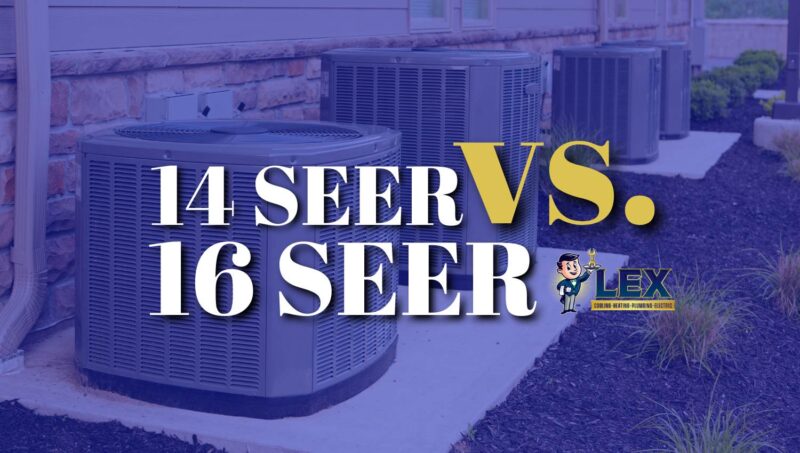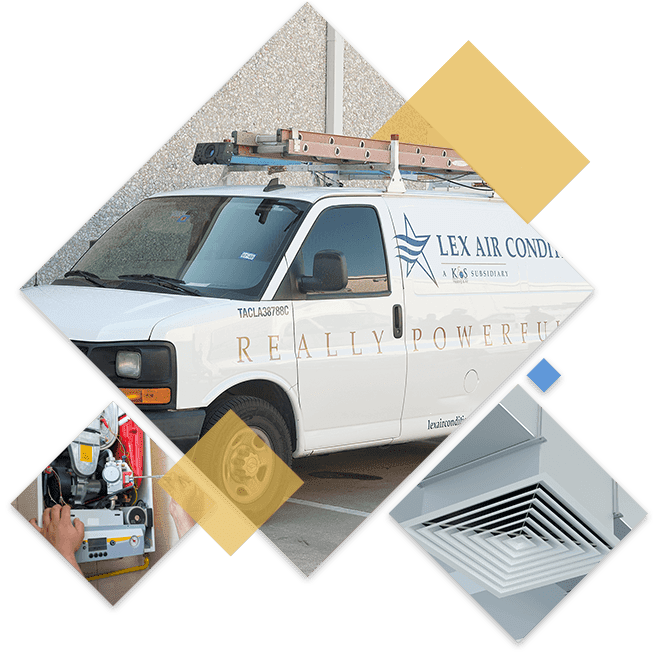Three Ways to Calculate a Properly Sized Furnace
The process of sizing your home’s furnace is like buying clothes on the Internet. While “heaters have to be the right size…they’re more like socks than shoes: close is usually good enough.”
Assuming you avoid the ambiguity of shopping online altogether, what pre-steps can you take to save yourself from a revolving door of high-dollar purchases and returns? Do you simply number crunch based on manufacturers’ sizing charts and hope for the best? Or are there additional measures you can use to minimize your risk while making an informed, educated guess?
As with any major purchase, we recommend you do some independent research, get clear about your needs and goals, then talk to a certified Carrollton HVAC specialist at Lex Air to help you determine the best fit for your home.
Use these three C’s (Calculate, Criteria, Climate) to get you started.
1. Calculate
You’ll want to start by calculating the square footage of the space you will be heating. Presumably, this will be the size of your entire home minus any space without ductwork or vents such as garages, sunrooms, outdoor laundry facilities, porches, etc. Here’s a useful sq. foot calculator to help in your process.
Start by measuring the length and width of each room, taking note of the ceiling height. After, multiply the width by the length, and add the square footage of each room together for your grand total. To get the volume of a room, simply multiply the area of the room (width X height) and the ceiling height to get the room’s calculations in cubic feet.
Industry-standard states that it takes roughly 10 watts of electric heat per square foot to properly heat a room. Therefore, a room with 300 square feet will require a 3,000-watt electric furnace. If you’re installing a gas-fueled heater that uses propane, natural gas, or kerosene the unit of measurement shifts to British thermal units or BTUs.
2. Criteria
It’s important not to base your purchase solely on the manufacturer’s recommendations. That would be like buying a pair of jeans using a S, M, or L tag, without looking at the sizing chart. Your needs hinge on a host of other criteria such as the age and construction of the house, the amount of insulation in the walls, ducts, and attic, as well as the size, number, and quality of your windows, doors, and seals. For example, if you have little insulation, several large windows, and a loosely fitted door seal, your home’s heat can get zapped real quick.
You’ll also want to be clear about whether the new furnace will be the primary source or a supplemental one. If you’re only going to have the one heater, it’ll need to be fitted to a T. However, the use of a secondary, or supplemental heat source, can help keep you warm on extra cold days when your home’s primary heating can’t keep up.
3. Climate
Taking the average, high and low temperatures of each season into account is the next step. Depending on the length and extreme of the cold season and your personal heating goals, from there you can calculate your home’s heat rise.
The heat rise is defined as the temperature difference between the outdoors and the interior of your home, or what is needed to warm a room on cold days during the year.
Calculating a rough estimate is easy by finding the difference between your optimal room temperature and your climate’s coldest average temp. Let’s assume you prefer things a toasty 74 degrees inside and your area (say, Dallas) has a low temperature of about 24 degrees Fahrenheit. Merely subtract 24 from 74 for a heat rise of 50 degrees.
You can also check the U.S. Department of Agriculture plant hardiness classifications, for your area’s zone. Perhaps not surprisingly, the colder the climate you’re located, the bigger the furnace you’ll need.
In the end, no one wants to be left out or in the cold. By putting in a bit of time upfront and following the three C’s above, purchasing the right size heater for your home can be a warm and fuzzy experience.
